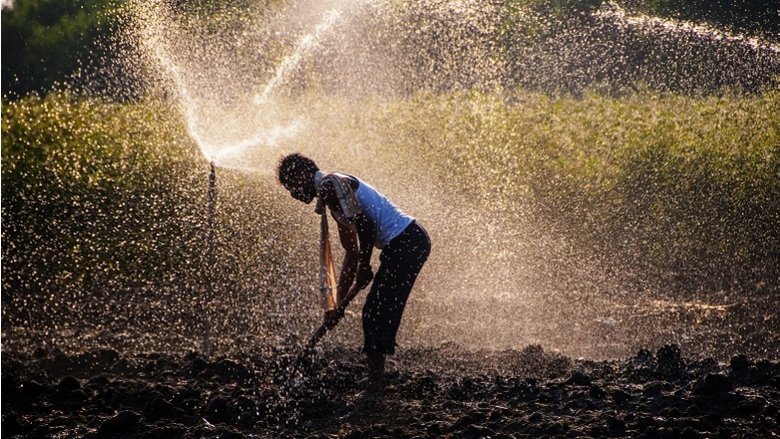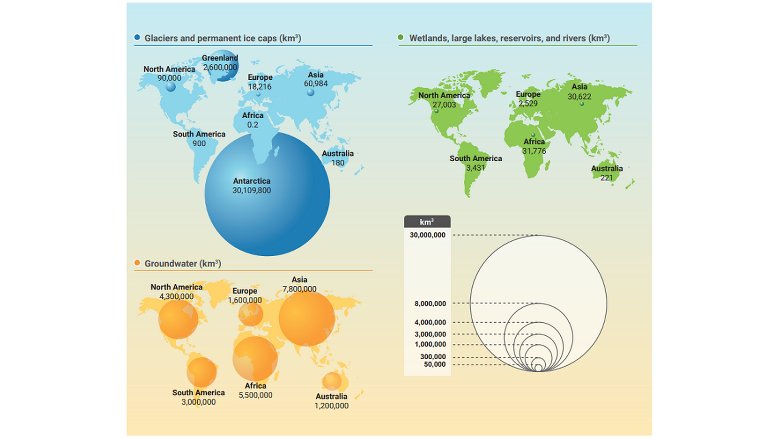In the 1960s, farmers in northern India began using groundwater to irrigate their fields. The practice spurred a Green Revolution in agriculture and turned India into a food-secure country. Six decades later, however, high usage of groundwater across the country is steadily depleting a precious resource for millions of Indians.
Today, most countries are placing unprecedented pressure on water resources. The global population is growing fast, and estimates show that with current practices, the world will face a 40% shortfall between forecast demand and available supply of water by 2030. Chronic water scarcity and extreme weather events are perceived as some of the biggest threats to global prosperity and stability.
With climate change making rainfall patterns increasingly unpredictable, countries and communities around the world need to rethink how they use and manage fresh water, according to a new World Bank report, What the Future Has in Store, A New Paradigm for Water Storage. The report warns that water is the ��most urgent challenge of our lifetime,�� with climate change-linked water crises already taking a toll on people, the environment, and economies. In 2022, two-thirds of municipalities in Mexico faced water shortages, France experienced its worst drought in history, and flooding from heavy rainfall submerged one-third of Pakistan, killing over 1,200 people, and displacing 33 million.
��Freshwater storage is at the heart of adapting to climate change, most obviously by saving water for drier times and reducing the impact of floods,�� says Saroj Kumar Jha, the Global Director of the World Bank Group��s Water Global Practice.
��ľ��ӰԺ produced this report because we recognize that many of our clients around the world are in unprecedented situations, struggling to cope with water-related disasters and grappling with how to develop, operate, and maintain more��and more resilient��water services.��




